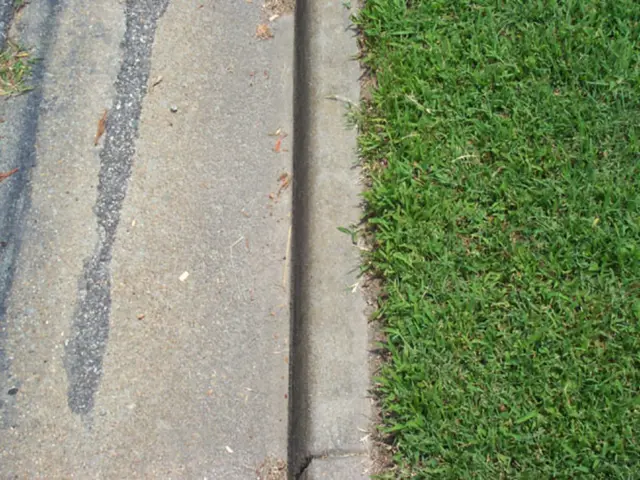Increase in skin cancer diagnoses observed in Saxony since 2005 - Increase in skin cancer diagnoses observed in Saxony since 2005
Rising Skin Cancer Diagnoses in Saxony: A Persistent Concern
Skin cancer diagnoses in Saxony have witnessed a significant uptick over the past two decades, with baby boomers and older age groups accounting for a sizeable portion of cases. According to Barmer health insurance, the number of melanoma diagnoses has more than doubled, increasing from 8,100 to around 16,800, while non-melanoma skin cancer diagnoses have tripled, growing from approximately 32,000 to around 98,000. Women aged 50-59 are twice as likely to be diagnosed compared to their counterparts born between 1946 and 1955.
Monika Welfens, Barmer's regional director, attributes this trend to prolonged unprotected sunbathing or solarium visits that caused severe sunburns in an individual’s younger years. She emphasized that such impacts could be long-lasting, with the skin bearing a lifelong memory of these incidents.
Men are more frequently affected by skin cancer, both melanoma and non-melanoma, with more diagnoses recorded in 2023. However, the risk decreases among those under 40, particularly those born after 1980. Welfens expects a continued upsurge in skin cancer diagnoses in the coming years due to factors like behavioral patterns in the younger generations, increased life expectancy, and a growing senior population.
Demographic aging and cumulative sun exposure are key factors behind the increased skin cancer incidence. As people born during the post-war baby boom enter older age groups, their risk of skin cancer rises due to cumulative sun exposure and age-related cellular changes. Additionally, with people living longer, they have more years of sun exposure and a heightened risk of skin cancer as a result.
Better medical screening and increased public health campaigns promoting early detection have led to greater numbers of skin cancer diagnoses since 2005. Furthermore, as people become more aware of skin cancer symptoms and risks, they are increasingly seeking medical evaluation, leading to a reported rise in incidence.
Barmer suggests adopting sun protection measures, such as using high SPF sunscreen, wearing long-sleeved clothing, donning hats, and avoiding direct sunlight. Artificial UV radiation, including that from solariums, should be avoided, and the skin should be regularly checked for alterations. As Welfens elucidates, "There's no such thing as a healthy tan."
[1] Demographics, regional climate, and historical tanning bed regulations could influence the incidence of skin cancer in Saxony and may warrant further investigation.
[1] The community policy focusing on sun protection and skin care education could be a crucial factor in reducing skin cancer diagnoses, especially in younger generations.[2] Vocational training programs in skin care could equip individuals with the necessary knowledge to perform regular self-examinations and promote early detection of skin cancer.[3] Collaboration between health institutions, skin care professionals, and vocational training centers could contribute significantly to health-and-wellness, mental-health, and medical-conditions awareness in Saxony, particularly in relation to skin cancer prevention and treatment.








